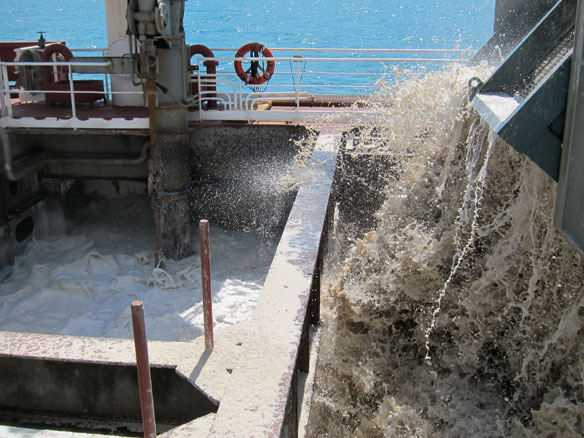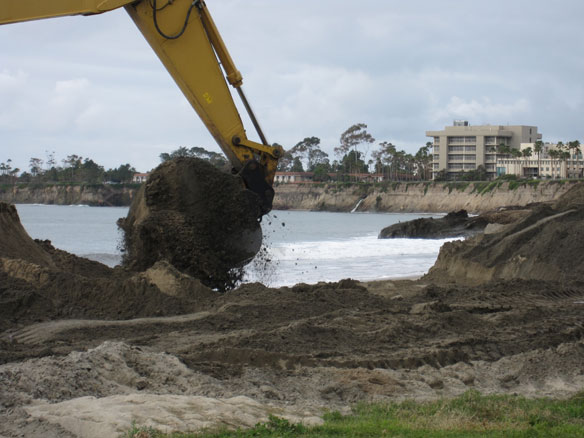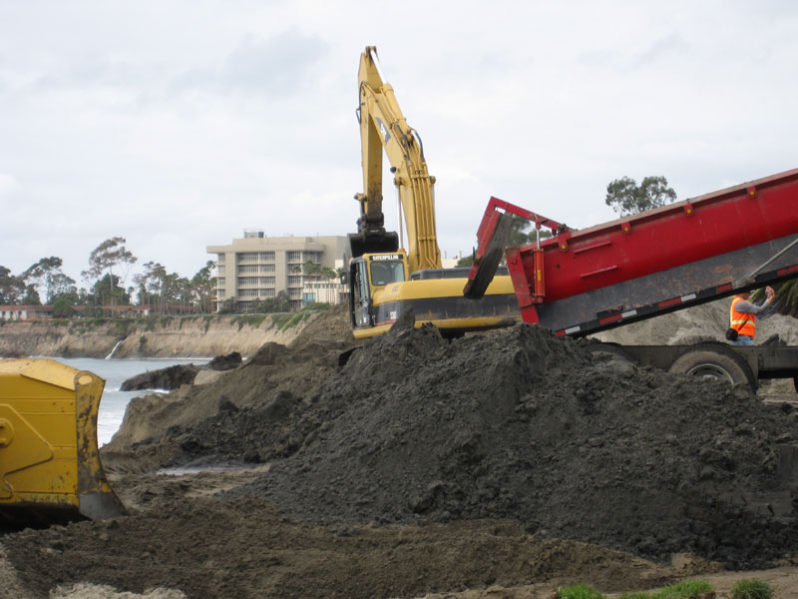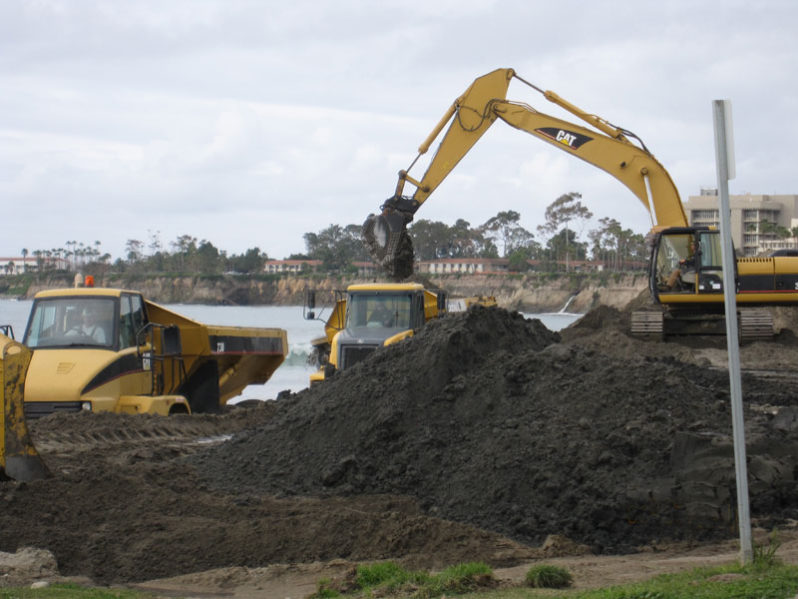A wider, deeper beach awaits Ocean City vacationers, but is it safe?

Ocean City vacationers may notice deeper, wider beaches, the result of a $282 million sand-dredging project aimed at protecting the resort town from storm damage. But the work also raises concerns about surf injuries and swimmer safety.
Widening beaches might bring more hazards, researchers say

Widening beaches might be linked to an increase in accidents, according to new data. The number of ocean rescues spikes after beaches are buffed up, according to the data published in the Journal of Ocean Research.
Can Adding Sand to Beaches Save Them?

The question is, can beach nourishment keep up with the ever-increasing forces of climate change or, like Sisyphus forever pushing his boulder up the hill, is adding sand to beaches an expensive, temporary fix to a long-term problem?
Though wealthy, Jupiter Island gets $8.6M for beach repair from FEMA

Jupiter Island, a well-heeled seaside enclave where home values average $4.97 million, was awarded $8.6 million in federal emergency money for beach re-nourishment following a beating by 2016’s Hurricane Matthew. FEMA has obligated more than $233 million for Florida beach projects under the program.
To shore up beaches, just add sand?

New research is shedding light on how mechanically placed sand on San Diego County beaches moves and its potential impacts.
Illegal beach scraping practices in Florida

Four beachfront homeowners are receiving warnings from state for removing sand from beach with machinery to create a “small frontal dune at the base of the original eroded dune.” The practice of ‘beach scraping’ was common during the early part of the 1900s, but improper practices eventually led to state regulation.
Factbox: Sifting Through U.S. Beach Sand Numbers

Here is a summary of what Florida and other coastal states and communities have been doing to protect and rebuild their shorelines based on to the American Shore and Beach Preservation Association (ASBPA) data.
Gone with the wind: storms deepen Florida’s beach sand crunch

Costs of so-called beach renourishments are a fraction of the total, measured in hundreds of millions of dollars, but the effort is crucial for Florida’s $67 billion tourism industry. And while sand needs are surging, there is not enough to go around.
King Tides, Beach Erosion and Water Pollution—Can Waikīkī Be Saved?

More than a century ago, Waikīkī was the center of government and culture for Hawaiians, where streams met the ocean and fishponds provided food. By the late 1800s, this stunning shoreline started to lure visitors, creating a demand for accommodations on the beach. This development, which included the construction of seawalls, groins and piers, prompted the eroding of the very beach that had been attracting tourists.
